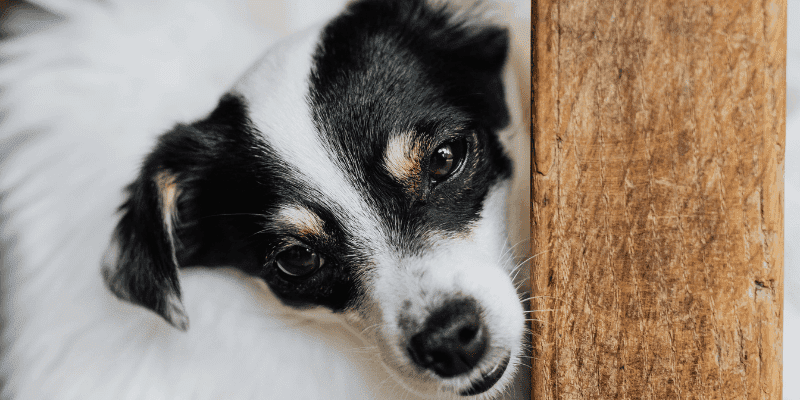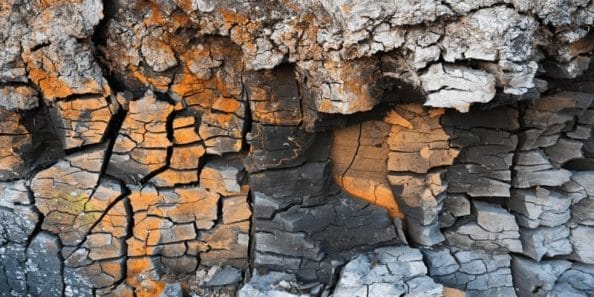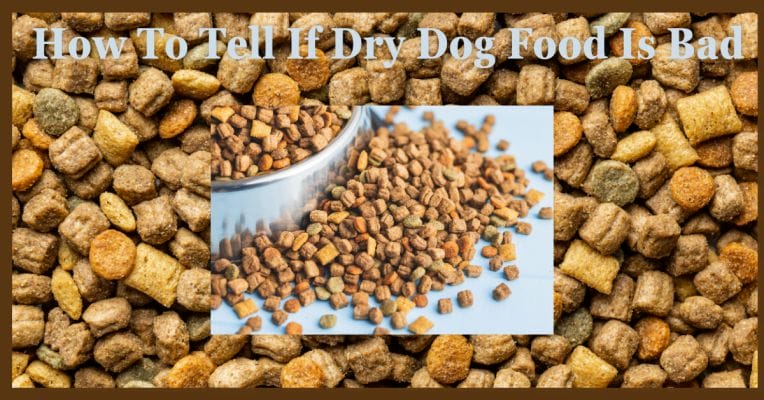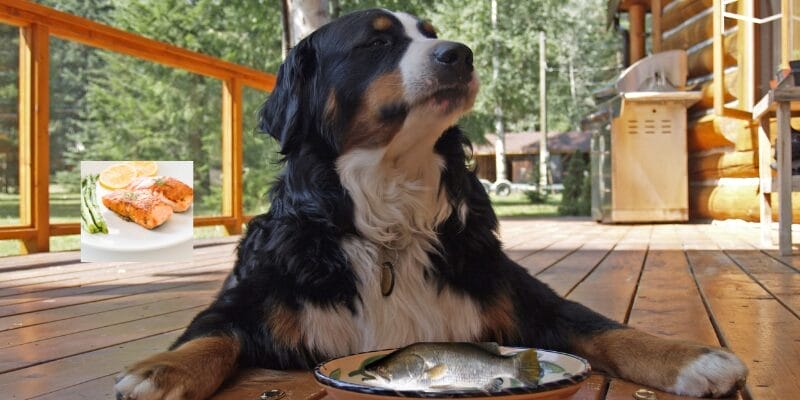How to stop dog from eating drywall

Tackling a Peculiar Habit: How to stop dog from eating drywall
Dogs are delightful creatures, but sometimes they surprise us with behaviors that leave us scratching our heads. One such puzzling behavior is when your furry friend decides to indulge in an unexpected snack, drywall. “How to stop dog from eating drywall“.
While it might seem comical at first, it’s essential to understand why dogs engage in this behavior and how to redirect their attention to healthier habits.
Why does my dog keep chewing my walls
Before diving into solutions, let’s uncover the reasons behind this unusual behavior. Dogs might chew on drywall due to various reasons and How to stop dog from eating drywall.
Exploration and Boredom:
Dogs, especially puppies, explore the world through their mouths. Boredom or lack of mental stimulation can lead them to chew on unusual objects, including dog eating drywall.
Anxiety or Stress:
Dogs might resort to destructive behaviors, such as chewing on drywall, when they’re anxious or stressed. This behavior can serve as a coping mechanism for them.
Nutritional Deficiencies:
Sometimes, dogs chew on non-food items like dog eating drywall due to nutritional deficiencies or an imbalance in their diet.
Solutions to Redirect the Behavior:
- Environmental Enrichment: Ensure your dog has plenty of mental and physical stimulation. Interactive toys, puzzle feeders, and regular exercise can keep them engaged and less likely to turn to destructive chewing.
- Training and Distraction: Train your dog to understand the “leave it” or “drop it” commands. Redirect their attention by offering appropriate chew toys or bones to satisfy their chewing instincts.
- Addressing Anxiety: If stress or anxiety triggers the behavior, create a calm environment. Consider using calming aids like pheromone diffusers or consulting a professional dog trainer or behaviorist for guidance.
- Dietary Considerations: Ensure your dog’s nutritional needs are met. A balanced diet can help prevent pica, a condition where dog eating drywall crave non-food items due to nutritional deficiencies.
- Physical Barriers: In severe cases, physically prevent access to the drywall by using baby gates or barriers to limit their space until the behavior is under control.
Consult a Veterinarian: If the behavior persists or is accompanied by other concerning symptoms, consult a vet to rule out underlying medical issues.
Patience and Consistency:
Remember, correcting this behavior requires patience and consistency. Punishment isn’t effective and can cause stress, exacerbating the problem. Instead, positive reinforcement and redirection are key. Celebrate and reward good behavior while gently redirecting them from destructive habits.
Can dogs get sick from eating drywall
The question that looms large in the minds of dog parents is Can dogs get sick from eating drywall? Let’s delve into this peculiar canine behavior and explore the potential health implications.
While the occasional nibble on drywall might not cause immediate harm, persistent ingestion can pose several health risks.
- Digestive Obstruction: Drywall is not easily digestible and can lead to blockages in the digestive tract, causing discomfort and potential complications.
- Toxicity: Some drywall contains compounds that could be harmful if ingested. Paints, adhesives, or other substances used in the construction of walls may contain toxic elements that can adversely affect a dog’s health.
- Choking Hazard: Ingesting drywall in larger pieces can present a choking hazard, especially for smaller breeds.
How do I get my dog to stop eating the walls?
How to stop dog from eating drywall Keep a watchful eye on your dog, especially in areas where they might have access to drywall. Use baby gates or barriers to limit access to certain areas of the house.
- Provide Alternatives: Ensure your dog has access to appropriate chew toys and bones to satisfy their natural urge to chew. This can redirect their attention away from the drywall.
- Training and Distraction: Invest time in training your dog with commands like “leave it” or “drop it.” This can be effective in redirecting their focus when they show interest in inappropriate items.
- Address the Root Cause: Identify and address the root cause of the behavior. Is your dog anxious, bored, or lacking stimulation? Understanding the underlying factors can help prevent a recurrence of the issue.

Dog eating drywall side effects
one such behavior that may leave dog parents concerned is the act of dog eating drywall. While it might seem like a harmless and peculiar habit, delving into the potential side effects is crucial for the well-being of our furry friends.
Digestive Distress:
One of the primary concerns when a dog eating drywall is the potential for digestive distress. Drywall is not easily digestible and can cause irritation and inflammation in the gastrointestinal tract. This can manifest as vomiting, diarrhea, or abdominal discomfort.
Risk of Obstruction:
The texture of drywall, when ingested in larger quantities, poses a risk of intestinal obstruction. This occurs when the drywall forms a blockage in the digestive tract, preventing the normal passage of food and causing a potentially life-threatening situation.
Choking Hazard:
In cases where dog eating drywall in larger pieces, there is a significant risk of choking. This is especially true for smaller breeds that may struggle to manage larger chunks of indigestible material.
Toxicity Concerns:
Drywall materials may contain substances such as paints, adhesives, or other chemicals that can be toxic to dogs. Ingesting these substances can lead to poisoning, with symptoms ranging from lethargy to more severe neurological issues.
Behavioral Changes:
Chronic ingestion of non-food items like drywall may be indicative of underlying behavioral issues, stress, or anxiety. It’s essential to address the root cause to prevent a recurrence of this potentially harmful behavior.
Dental Problems:
Chewing on hard surfaces like drywall can contribute to dental issues in dogs. The abrasive nature of the material can lead to dental wear and may necessitate veterinary intervention.
Homemade spray to stop dogs chewing
Homemade spray for “How to stop dog from eating drywall” Dealing with a dog’s penchant for chewing on household items can be a common challenge for pet owners. Instead of resorting to commercial sprays laden with chemicals, why not try a homemade, pet-friendly alternative? Crafting a homemade spray to stop dogs from chewing is not only a natural and cost-effective solution but also aligns with a pet-friendly approach to training. By using these simple ingredients.
Ingredients:
- Apple Cider Vinegar:
Apple cider vinegar is known for its strong scent and taste, making it an effective deterrent for dogs. Its pungency is often off-putting to them, discouraging unwanted chewing. - Water:
Mixing water with apple cider vinegar helps dilute the solution, making it safe for application on various surfaces without causing damage. - Citrus Extract:
Citrus fruits, like lemons or oranges, contribute a pleasant fragrance while adding an extra layer of distaste for dogs. The citrusy scent is appealing to humans but acts as a natural repellent for dogs.
Recipe:
Mixing Proportions:
Combine equal parts of apple cider vinegar and water in a spray bottle. For a more aromatic touch, add a few drops of citrus extract. Shake the bottle well to ensure thorough mixing.
Testing on Surfaces:
Before applying the spray to larger areas, test it on a small, inconspicuous spot to ensure it doesn’t discolor or damage surfaces.
Application:
Spray the mixture on items or areas where your dog tends to chew. Focus on furniture corners, baseboards, or personal belongings that may be tempting for your furry friend.
Consistency is Key:
Reapply the spray as needed, especially after cleaning or if you notice your dog returning to the previously targeted areas. Consistency is crucial for the spray to be an effective deterrent.
Additional Tips for How to stop dog from eating drywall:
Positive Reinforcement:
Alongside using the homemade spray, encourage positive chewing behaviors by providing your dog with appropriate chew toys. Reinforce good behavior with praise and treats.
Regular Exercise and Mental Stimulation:
Ensure your dog is getting enough physical exercise and mental stimulation. A tired and engaged pup is less likely to engage in destructive chewing out of boredom.
Crafting a homemade spray to stop dogs from chewing is not only a natural and cost-effective solution but also aligns with a pet-friendly approach to training. By using these simple ingredients, you can create a deterrent that promotes a safe and positive environment for both you and your furry friend.
Final Thoughts:
While discovering your dog nibbling on drywall might raise eyebrows, it’s essential to approach this behavior with understanding and patience. “How to stop dog from eating drywall” By addressing the root cause, providing proper stimulation, and redirecting their attention, you’ll guide your furry friend toward healthier habits, ensuring a happier and more harmonious household for both of you.
How to stop dog from eating drywall
FAQs
How do you repair drywall after a dog has chewed on it?
Repairing drywall after a dog has chewed on it involves a multi-step process. Begin by cleaning the damaged area, filling any holes or gaps with joint compound, sanding the surface, and applying primer before repainting to match the existing color and texture.
What are the potential consequences of a dog eating drywall?
If a dog ingests drywall, it can lead to digestive distress, including vomiting, diarrhea, and, in severe cases, intestinal obstruction. Some drywall materials may contain toxic substances, posing additional health risks.
Is it concerning if my dog ate drywall?
Yes, it is concerning if your dog has ingested drywall. Immediate veterinary attention is recommended to assess the extent of ingestion, address potential health risks, and prevent complications such as digestive issues or toxicity.
What can I use to prevent my dog from chewing on items like drywall?
To deter dogs from chewing on items like drywall, you can use a homemade spray with ingredients such as apple cider vinegar, water, and citrus extract. Additionally, providing appropriate chew toys, positive reinforcement, and addressing underlying behavioral issues can be effective preventive measures.
Does vinegar serve as an effective deterrent to stop dogs from chewing?
Yes, vinegar, particularly apple cider vinegar, can be an effective natural deterrent to stop dogs from chewing. The strong scent and taste are often unappealing to dogs, making it a safe and pet-friendly option when used in a homemade spray.
What can I give my dog to prevent them from chewing on everything?
To prevent dogs from chewing on everything, offer a variety of safe and durable chew toys. Positive reinforcement, consistent training, and ensuring your dog gets sufficient physical exercise and mental stimulation can also help redirect their chewing behaviors toward appropriate items. If the behavior persists, consult with a veterinarian or professional dog trainer for guidance.
WRITTEN BY ANAM AHMED






